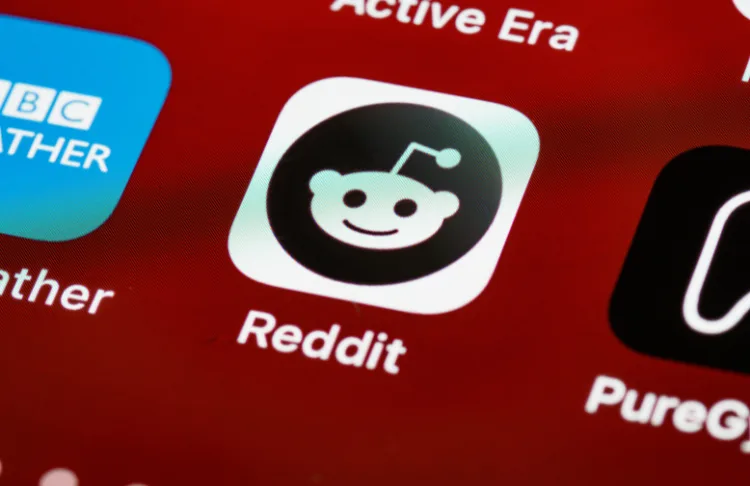Who’s your target audience? Who are you hoping to target with your marketing? What does your typical customer look like? These are just some of the questions you’ve probably been asked if you’ve ever run a marketing campaign or worked with a partner for your marketing. They sound like pretty simple questions, but the answers are typically much harder to figure out.
The easiest answer is usually: I don’t know — they all look different, and I want to target everyone. And while we wish we could target everyone, it’s just not realistic — or effective. You obviously want your marketing to reach the right people so your money is being well-spent, and targeting the whole world just isn’t going to get you that sweet return on investment.
Nope — we’ve got to narrow it down, get into the nitty-gritty, and find out who these people are!
So, let’s play 21-9 (that’s 12, for the math-challenged like myself) questions to figure out who the heck your target audience actually is.
How to Find Your Target Audience
Use these questions to identify your target audience.
1. Who’s Buying From or Working with You Now?
The first step in trying to figure out what this target audience looks like is looking at your current customers. Study them like a zoologist in the wild — what are their habits, where do they live, how old are they? You could take a notebook and jot all these observations down, or you could use information you already have access to, like any stored info in your lead management system. Or, if you don’t have access to any info about these customers, you could send out a survey.
Your survey can ask questions about:
- Where do they live?
- What’s their family status?
- What’s their age range, ethnicity, etc (demographics)?
- What do they do for work?
- What income level do they fall into?
- What are their hobbies/interests?
- What do their shopping habits look like?
- What devices do they prefer (phone/desktop)?
By asking your existing customers these questions, you can start figuring out what a typical customer really looks like. Then you can develop some handy buyer personas — basically an imaginary person that personifies a typical customer. For example, say you have a lot of customers that are married working mothers between the ages of 35-48 that fall into the $100k-250k household income level. You could create a buyer persona that details all this info and name her Suzy. Suzy likes to do a lot of online research but prefers to make purchases in store. By giving names and attributes to your typical buyers, you can start to make your target audience seem more real and tangible. It’s like putting a face to a name — it just helps.
2. Who’s Missing?
Now that you know who IS buying from you, you can think about who else you’d want to buy from you or what opportunities there are to expand your target audience. Maybe you’ve noticed a lot of college students visiting your sporting goods store, but you’re missing out on the nearby families that have kids playing sports — so you may want to create one of those buyer personas for parents in the 35-48 age range with kids in school.
3. What’s Going on with Your Consumers’ Shopping Habits?
You can find out a lot about your target audience by looking at how your current customers are shopping. Are they using their phones to find you or information about your business? Are they bringing in your mailers or coupons? Is social media a factor? Figuring out how your current customers are shopping can help you expand to your typical or prospective customer.
4. What are Your Consumers Buying?
So now that you know how your consumers are shopping, what are they buying? One way to find this out is to see products or services you sell the most to your current customers. You can use this info to market your best sellers to your target audience and probably attract new consumers.
5. What Info are They Using to Make a Buying Decision?
You know how they’re shopping and what they’re buying, but look closely into how they made their decision. What played a factor? We know that the typical shopper takes a lot of different information into account before spending their money. They’re looking at things like pricing, location, customer service, benefits, reviews, and more. If you know what’s important to your customers, you can focus some marketing efforts there. For example, if online reviews are a deciding factor for a lot of your customers, you can focus on your online reputation and encourage your happy customers to leave you a review online.
6. Where are Your Customers?
Location. Location. Location. You’ve got to know where your customers live, work, and play so you can target them and prospective customers.
Related: Want more info about your customers. Check out these detailed target market examples.
7. Where are They Hanging Out Online?
Just like it’s important to know where your customers are physically located, you need to find out where they are online. Everyone has a go-to social media app or website. Are they spending most of their time liking Facebook comments or Googling stuff? Or, are they reading blogs and news sites? Knowing where they’re spending their time online can help you tailor your marketing plan to the right channels.
8. Where are They Finding You?
Are you noticing that most of your customers are contacting you from your website? Or are they bringing in your coupons and mailers? Or, are they contacting you on social media? If you don’t have this info on-hand, you may need to look at how to best track your marketing leads. We’ve got you covered – check out this post about tracking your marketing.
9. When do They Interact with Your Business?
So, this one’s kind of tricky but some questions that can help you figure that out are: Is there a window of the day you get the most calls? Can you see what windows people are visiting your website? When are they engaging with you on social media? If you can start to notice a trend, you can get some good insight into your target audience and figure out the best time to ramp up your marketing.
10. When are They Looking for You & Your Biz?
Is your business seasonal? Or do you have more on-demand services like an emergency room? Do your customers start looking for your products and services months in advance or is it more immediate? If you can understand when customers start looking for your business, you can figure out when and how you can start targeting them.
11. Why are They Actually Buying from You?
Do you know why your customers do business with you? Maybe your business has amazing customer service and your current consumers are blown away by your employees every time. Or, maybe your business is in a great location and has extended hours so it’s easy to get to you once people get off work. When you know what wins over your customers, you can start playing that up in your marketing and targeting consumers that have similar wants and needs.
12. Why are They Buying from Your Competitors?
This obviously isn’t our favorite question to think about. I mean, why would anyone buy from your competitors when your business exists, right? But, sadly, you can get some pretty good insight when you consider why customers bypass your biz for your competitor’s. Look at your competitor’s web presence and marketing activities and figure out if something similar could work for you. If you can see where your competitors have an advantage, you can better target your messaging and your marketing.
Identify Your Target Audience–Now!
Thanks for playing 12 questions with me! I hope these have helped you narrow down your target audience a little. But, if you still need some help, we’re here for you. LOCALiQ marketing solutions give you what you need to reach the right audience, in the right places, at the right times. So, let’s chat! Give us a call today.






